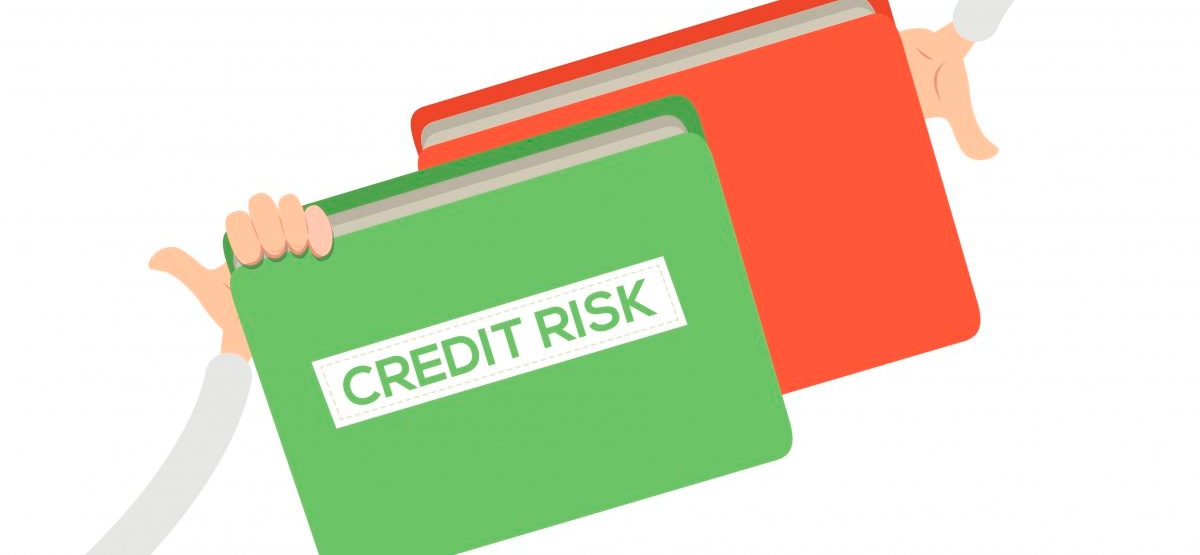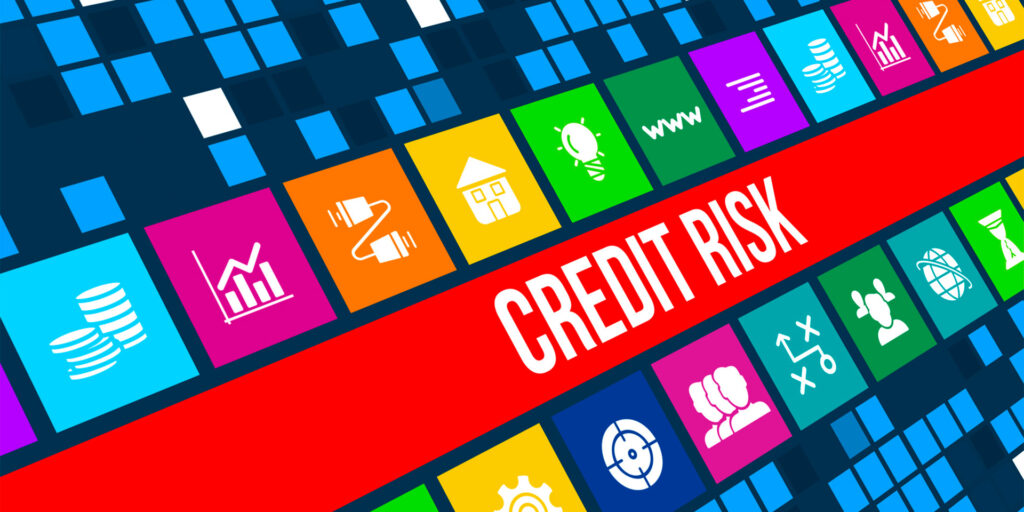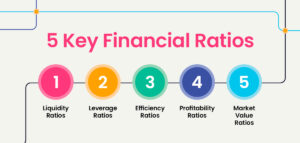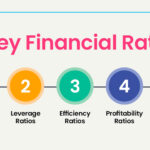Assessing credit risk involves using various methods and tools to understand a borrower’s financial reliability. Common methods include credit scoring models like FICO and VantageScore, which examine payment history, credit utilization, and more to produce a score between 300 and 850. Financial institutions also rely on credit rating agencies like Moody’s and Fitch to provide ratings on a borrower’s financial health, aiding in reliable risk assessment.
Credit risk rating systems categorize borrowers into different risk levels, helping lenders make informed decisions. These systems assess risk factors and regularly update ratings, enhancing compliance and market stability. Automated tools and credit risk software streamline this process, reduce errors, and offer real-time data analysis, making risk assessments faster and more accurate.
Effective credit risk management combines these tools with best practices like evaluating the 5 Cs of credit, securing loans with collateral, and maintaining comprehensive credit policies. Automated lending solutions further enhance management by enabling rapid data evaluation and improving fraud detection. By leveraging these methods, financial institutions can minimize potential losses and ensure a balanced, profitable loan portfolio. Given these insights, if you suspect a company may be reaching out, it could be one specializing in credit risk solutions.
What Are The Most Common Methods For Assessing Credit Risk?
The most common methods for assessing credit risk are:
You can use Credit Scoring Models like FICO and VantageScore. These models evaluate your credit report and assign a score based on factors like payment history, amounts owed, and length of credit history.
The Five C’s of Credit give you a broad framework for evaluating credit risk: Credit History, Capacity to repay, Capital, Conditions of the loan, and Collateral.
Understanding Probability of Default, Loss Given Default, and Exposure at Default helps estimate the likelihood of default, potential loss, and financial exposure.
If you analyze financial statements, scrutinize balance sheets, income statements, and cash flow statements. Focus on liquidity ratios, leverage ratios, and profitability indicators.
Credit risk software like GDS Link offers solutions and analytics to manage credit risk effectively, ensuring quick decisions.
Credit ratings from agencies like Moody’s and Fitch Ratings assess the credit risk of corporate bonds and municipalities, helping you understand their risk profile.
You can use stress testing and scenario analysis to simulate various economic conditions and evaluate how resilient your credit portfolio is under adverse scenarios.
Overall, these methods help you make informed lending and investing decisions by providing a comprehensive understanding of credit risk.
How Do Credit Risk Rating Systems Work And Why Are They Important?
Credit risk rating systems assess how likely borrowers are to default on their loans, helping banks manage credit risk effectively.
Here’s how they work:
- Assessment of Risk Factors: You evaluate factors like credit history and financial statements to determine the probability of default (PD) and likely loss given default (LGD).
- Risk Tiers: Loans are categorized into risk tiers from “Pass” (low risk) to high-risk problem assets, each with specific PD and LGD metrics.
- Regular Updates: You update ratings regularly to reflect changes in borrowers’ economic situations.
- Internal and External Monitoring: Use internal rating systems and adhere to regulatory guidelines. Regular audits ensure accuracy.
- Loan Management: Decide on loan approvals, terms, and monitoring strategies based on these ratings.
Why are these systems important?
- Informed Lending Decisions: They help you decide whether to lend, how much, and under what conditions.
- Regulatory Compliance: Ensure compliance with regulatory standards to avoid penalties and maintain stability.
- Risk Management: Identify high-risk loans early to mitigate potential losses.
- Market Stability: Strong credit risk assessments contribute to overall financial market stability.
- Investor Confidence: Transparency in credit risk management builds investor confidence.
As a final point, you see how essential credit risk rating systems are for making informed lending decisions, ensuring regulatory compliance, and managing risks effectively to maintain market stability and investor confidence.
What Role Do Credit Scoring Models Play In Evaluating Credit Risk?
Credit scoring models are essential tools for evaluating credit risk. They provide you with a standardized way to assess a borrower’s ability to repay debts.
These models use statistical algorithms and historical credit data to give an objective evaluation of creditworthiness. They consider factors like your payment history, credit utilization, length of credit history, types of credit used, and new credit applications. Each factor is assigned a weight based on its importance in predicting your ability to repay.
The result is a credit score ranging from 300 to 850. A higher score indicates lower credit risk. This score helps lenders decide on loan terms, interest rates, and credit limits. Using standardized criteria, credit scoring models ensure consistency and fairness, reducing the chance of discriminatory lending.

Credit scoring models also help lenders manage risk by quantifying your probability of default. This allows them to adjust loan terms to mitigate potential losses.
To sum up, credit scoring models play a crucial role by offering a fair and transparent way to evaluate credit risk, helping you make informed lending decisions while managing risk effectively.
Can Automated Lending Solutions Improve Credit Risk Management?
Yes, automated lending solutions can improve your credit risk management significantly. By leveraging automation, you can manage credit risks more efficiently and accurately.
First, you will benefit from faster decision-making. Automation speeds up loan processing by evaluating large volumes of data quickly, reducing waiting times for loan approvals. You also get enhanced accuracy since automated systems minimize human errors, ensuring more precise risk assessments. Moreover, fraud detection is bolstered as automation uses machine learning to detect fraud patterns that humans might miss, reducing the risk of lending to fraudulent applicants.
With real-time data analysis, automated tools improve the accuracy of credit risk predictions, enabling you to make more informed lending decisions. These systems also ensure consistency and compliance by following predefined logic in decision-making processes, keeping you aligned with regulatory requirements. Additionally, they provide comprehensive assessments by analyzing multiple data points for a thorough evaluation of an applicant’s financial health. Finally, scalability is another advantage, as cloud-based automated solutions offer flexibility, allowing you to adapt quickly to market changes.
To wrap things up, automated lending solutions support faster, more accurate, and fair risk assessments, helping you enhance your credit risk management strategies effectively.
What Tools Are Used For In-Depth Loan-Level Analysis In Credit Risk Assessment?
For in-depth loan-level analysis in credit risk assessment, you use various tools to achieve accurate results.
Automated lending and credit scoring software help you integrate risk management, assessment, and mitigation capabilities, replacing manual and intuitive decision-making. Public Finance Automated Scoring Tool (PFAST) synthesizes multiple methodologies, blending quantitative and qualitative risk factors.
RatingsDirect from S&P Global Ratings gives you comprehensive market data, credit risk indicators, and visualization tools to evaluate default probabilities. CreditPro® supports you with extensive data sets for developing, calibrating, and backtesting analytical risk valuation models.
FICO Score and VantageScore offer quick snapshots of creditworthiness, predicting the likelihood of timely loan repayment. LEVELS (Loan Evaluation and Estimate of Loss System) uses mortgage loan characteristics, borrower data, and regional economic data for analysis. GiniMachine delivers accurate credit scoring results with application scoring, collection scoring, and predictive analysis.
In the end, using these tools ensures your credit risk assessments are accurate, efficient, and thorough, enhancing your decision-making and risk mitigation processes.








